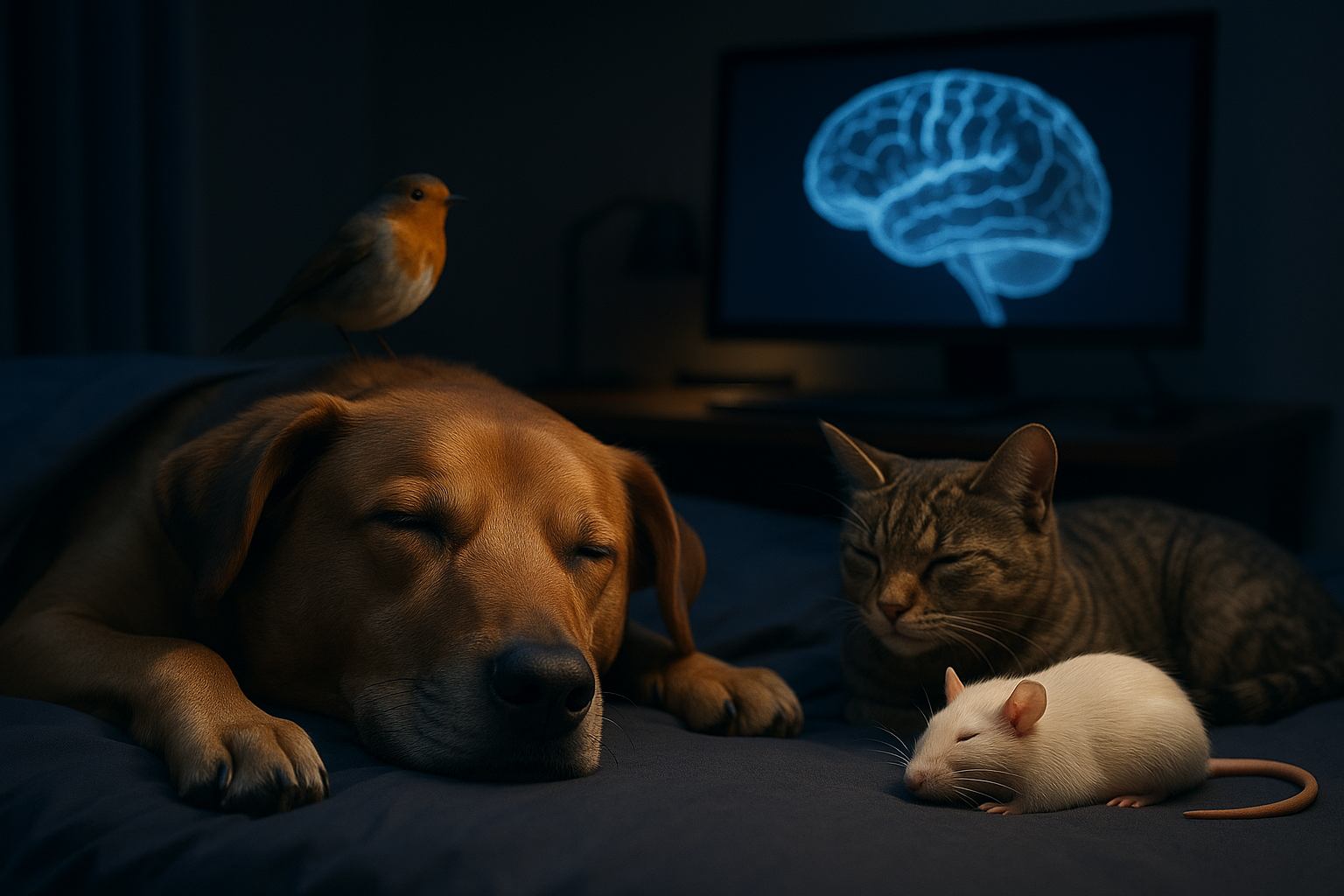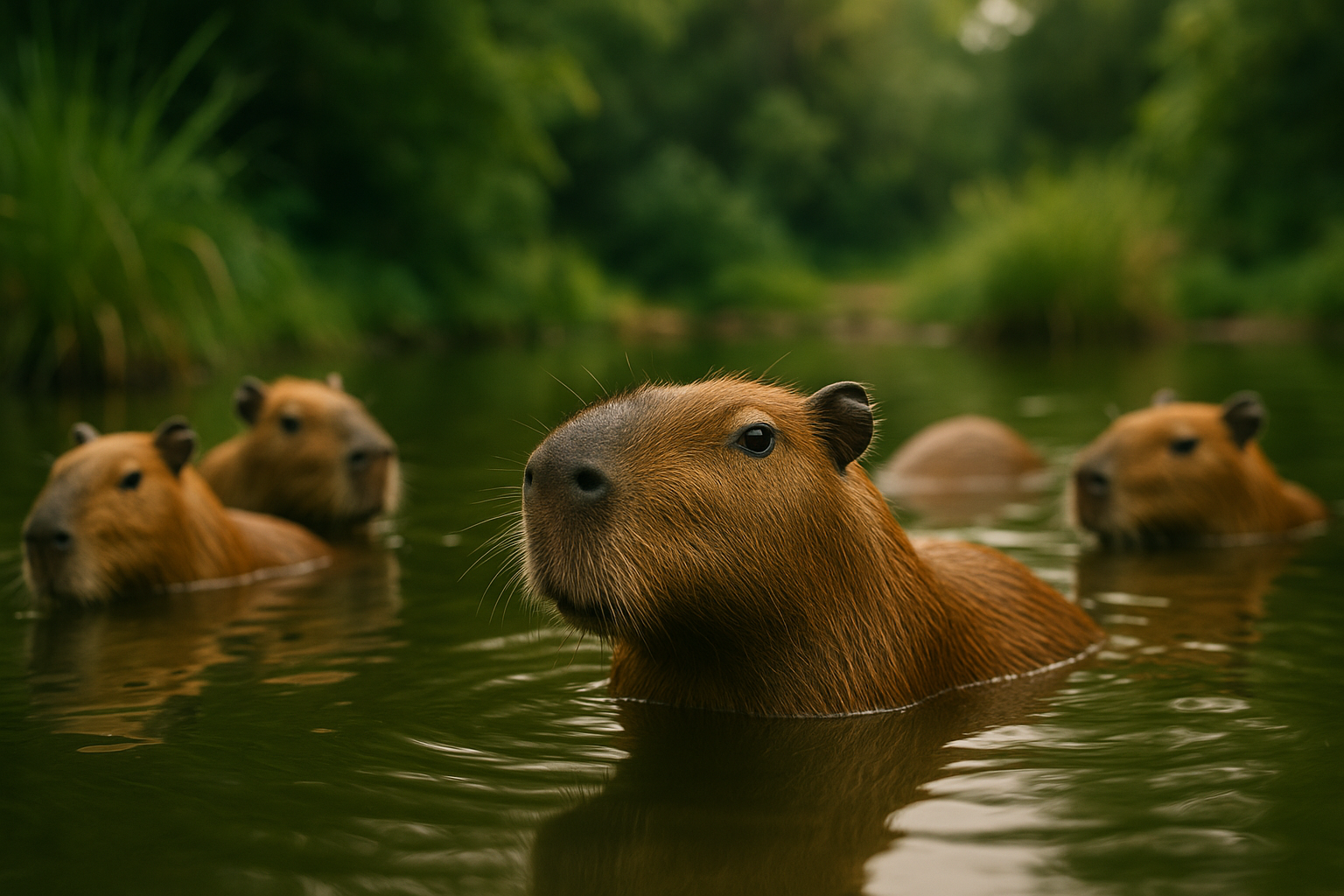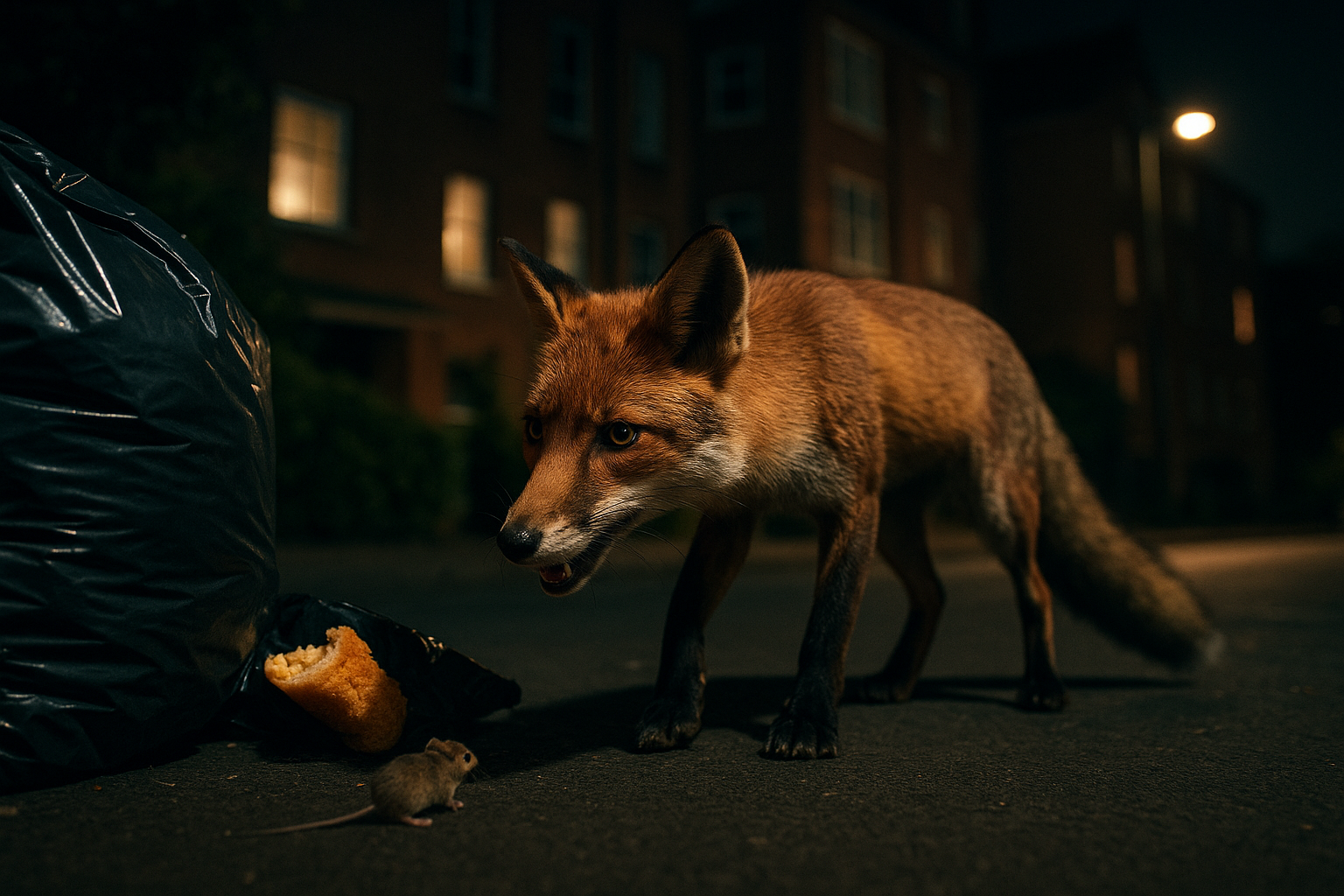Understanding the Intriguing World of Animal Dreams
In the quiet of the night, have you ever seen your dog twitch, whimper, or move their paws as if running? This could be a sign that they are dreaming. But what about other animals? Do they dream too? Let us delve into this fascinating subject and uncover the mysteries of animal dreams.

The History and Science of Animal Dreams
The study of animal dreams, also known as oneirology, has intrigued scientists for centuries. Ancient philosophers like Aristotle believed that animals could dream, just like humans. Fast forward to the 1950s, and researchers discovered the REM (Rapid Eye Movement) sleep stage, where most dreams occur. This stage was not only observed in humans but also in animals, suggesting they dream too.
Recent Research and Discoveries
In recent years, scientists have made remarkable strides in understanding animal dreams. For instance, a study by MIT in 2000 revealed that rats likely dream about their day’s activities, including navigating mazes. Similarly, research on Zebra Finches indicated that these birds may rehearse their songs in their dreams.
The Role of Dreams in Animal Behavior
While the exact purpose of dreams remains elusive, several theories suggest they play a crucial role in learning and memory consolidation. For instance, the MIT study on rats suggested that dreaming might help them remember the correct path in a maze. This theory could potentially apply to other animals, like dogs learning new tricks or cats remembering the location of their favorite hiding spots.
The Economic Impact of Animal Dreams
The interest in animal dreams has also sparked a surge in pet products aimed at enhancing sleep quality. From orthopedic beds to calming sleep sprays, the market is flooded with items promising better sleep for pets. While prices vary, these products have significantly contributed to the thriving pet care industry, estimated to reach $202.6 billion by 2025.
The Future of Animal Dream Research
The field of animal dream research is still burgeoning, with many unexplored areas. As technology advances, scientists hope to gain a deeper understanding of animal dreams, potentially uncovering valuable insights into animal cognition. While we may not definitively know what our pets dream about, the evidence suggests a complex internal world that mirrors our own in surprising ways.
In conclusion, the exploration of animal dreams offers a unique window into the minds of our beloved pets. With ongoing research and new discoveries, we are gradually piecing together this captivating puzzle, reminding us once again of the intricate and fascinating world of animals.




